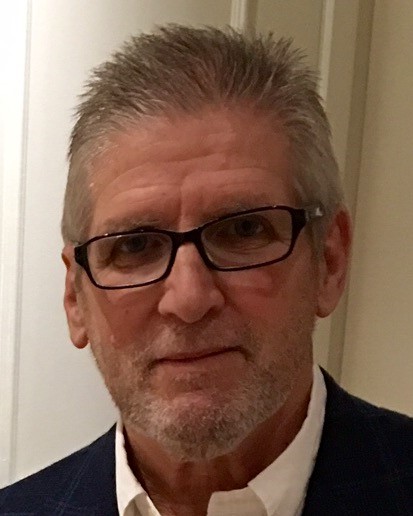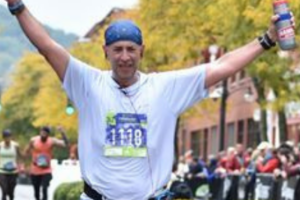The Road to Diagnosis
As far back as my teenage years, I had experienced chronic shortness of breath. This worsened in my twenties and thirties as new symptoms emerged, including occasional chest and arm pains and general exhaustion. Over the years I sought the opinions of countless doctors, leading to misdiagnosis after misdiagnosis, including exercise induced asthma and even general stress. Eventually I gave up seeking answers and just learned to live with my peculiar shortness of breath.
But several years later after I had been wrestling with my teenage son in the swimming pool he said, “Dad, you sound like you can barely breathe.” As a young husband and father, I became increasingly worried. This moment gave new life to my quest for answers. I decided to see a cardiologist, who sent me for testing that showed extremely low oxygen levels during exertion. A venogram and VQ scan then revealed multiple blood clots in each of my legs. I knew this was very serious.
With that news, I recalled my father having clots in his legs and being treated with blood thinners. I also remember my cousin, who was the same age as me, dying a few years earlier from a pulmonary embolism. I was beginning to learn there was a genetic component to this whole blood clotting thing.
I was admitted to the hospital to have a vena cava filter implanted, after which I was handed a prescription for Coumadin and sent home. Everything with the procedure went well, but there was just one little problem: I still couldn’t breathe.
Thanks to my wife Diane, who insisted on a second opinion, we ended up in the office of a Stanford pulmonologist who finally diagnosed me with CTEPH (chronic thromboembolic pulmonary hypertension). He said, “It’s a good thing you came to see us, Mr. Rozakis, because in one to two years you’d either be dead or in the heart and lung transplant center.”
I had been seeking “first opinions” going back at least 20 years. By this time, I was a 43-year-old married man with three kids, living in California with his own tech company, a mortgage, car payments, and a bad golf game. A “young” man who had just been told something about dying and transplants.
A Life-or-Death Decision
As I drifted back to reality after the comments about death and transplant, I heard the doctor say something about a very unique surgery which is done at only one medical facility in the world, and for which you had to be a candidate. It was something called a pulmonary thrombo-endarterectomy, an operation that removes organized blood clots from the pulmonary arteries.
The thought of a relatively new lengthy surgery where my heart would be placed on bypass was tough to reconcile, but not as tough as the thought of living the rest of my life with a disease which would get progressively worse and limit my mobility. There is truly something surreal about having to make a life-or-death decision, but my response to the doctors was “let’s do it.” A short time later I went in for the surgery and the next thing I knew, I heard: “Wake up, Harry, you’re in the ICU. You’re okay.”
A Second Chance at Life
The most dramatic moment I experienced was the first breath I took after the breathing tube was removed and I was taken off oxygen. For the first time in many, many years I felt what it was like to have my lungs fill with air. It was simply amazing. I left the hospital a different person, but not yet a better person. That would come many years later. There is a psychological component to the experience of having a rare disease, and in some ways an even greater component to having it cured. As I would learn not all CTEPH patients can be cured.
The science of clotting factors has come a long way since 1993. In fact, it wasn’t till the early 2000s that Stanford definitively determined that my clotting was hereditary. Not surprising to me. I had something called antithrombin 3 deficiency, which greatly increases my risk for clotting. Approximately 50% of individuals with antithrombin 3 deficiency will develop a blood clot during their lifetime, many before the age of 30.
When I was finally diagnosed and treated for CTEPH, I vowed that I would be committed to finding a cure for this disease and would not rest till every patient experienced what I experienced with that first breath. For the past 24 years I have been engaged with this community in numerous ways, seeking to better the lives of my fellow patients.
If you have a blood clotting disorder or symptoms of CTEPH, I have been where you are, and I know where you can be. I am in this fight to assure those in the future will not have to live through what I lived through. Together we can Stop the Clot!
Resources
- Learn more about Antithrombin 3 Deficiency.
- Learn more about CTEPH by visiting the PH Association website here.
- Join NBCA’s peer support community.
- Read more stories, or share your story with NBCA.
- Learn how you can get involved.



